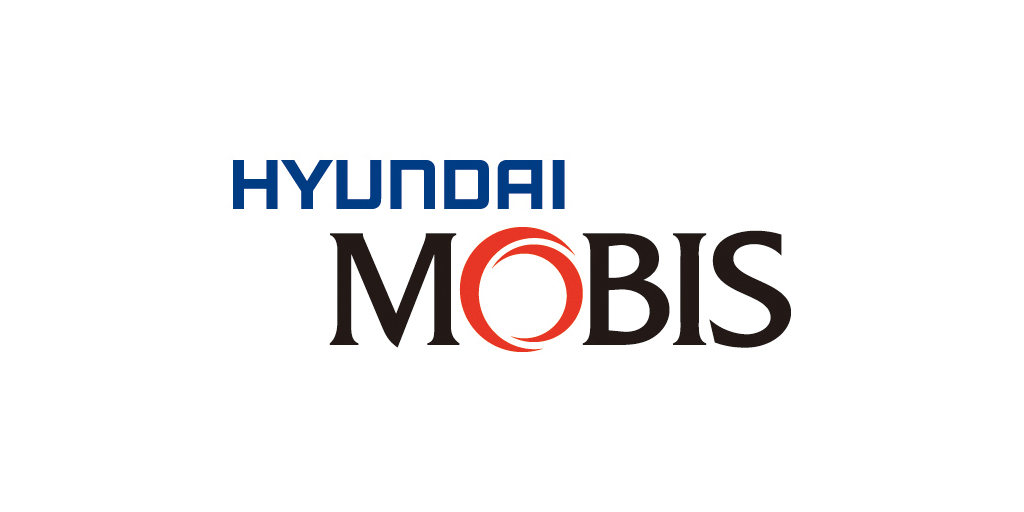
The coronavirus pandemic has sped many advancements in healthcare technology, from enable remote care to ensuring people have the proper personal protective equipment. However, many engineers have been thinking beyond the pandemic and applying healthcare technology to other dangerous situations, such as driving.
Recently, Hyundai revealed a new in-cabin technology through Mobis, one of its parts-making units. Mobis has developed exciting new technologies meant to keep people safer behind the wheel. With car accidents a leading cause of death in the United States and the world, these technologies are a welcome addition in terms of reducing both mortality and morbidity caused by drowsiness and unexpected health emergencies.
M. Brain and Its Ability to Alert Drivers of Dangerous Driving States
The technology developed by Hyundai Mobis has been dubbed M. Brain and it will soon get applied to public buses to better evaluate its efficacy before it becomes available in commercial vehicles. Assuming that the technology works as expected, it may make an appearance in Hyundai models in the near future.
The M. Brain system uses sensors that detect brain waves around the ears. Changes in these brainwaves can alert the system to the fact that something is wrong. M. Brain works through a smartphone app and uses machine learning to interpret what the brainwave signals mean. Then, the app can send a warning to drivers when they get sleepy or if they stop paying close attention to the road.
Currently, the system is designed to use LED lights, seat vibration, and speakers to catch the attention of drivers when a change is detected. This sort of multisensory stimulation is designed to wake drivers up quickly and ensure they can stay focused on the road. This system could prove life-saving for people who drive long hours, such as truckers, or those who are not used to driving late at night. In addition, the system could help people with sleeping disorders maintain their focus in a way that was not previously possible.
Keeping drivers awake and alert is an important step in reducing the number of collisions and accidents that occur on the road. In the future, the system could even help detect inebriation to keep people from driving when they are not in the right mindset to be safe
The Link between Biometric Sensor Data and Safer Driving Conditions
While people may not immediately associate healthcare with driving, Hyundai Mobis sees the two as a natural fit. As we move forward toward self-driving cars, understanding the psychology of passengers may become more important. Brain waves sensors and those for other biological signals can help offer not just entertainment suggestions, but also healthcare services.
In other words, vehicles may not just be sensing the environment outside, but also the one inside. Imagine a vehicle that can sense when a medical emergency happens to its passenger. If the vehicle is self-driving, it may be able to redirect to a hospital, which could be a lifesaving intervention, especially if the person is incapacitated and unable to redirect personally.
For its part Hyundai Mobis is moving quickly toward this future by developing new sensors, cameras, and other parts specifically for autonomous vehicles. Much of this work has grown out of a major investment in Beijing Deep Glint Technology in 2019. This Chinese startup earned accolades for its face recognition technology.
In collaboration with Toyota Mobis, the company is creating both motion recognition and pattern analysis technologies that are based on deep learning. When combined with face recognition, all these technologies can be used to help prevent drowsiness and detect other health problems that would impair someone’s ability to drive or put life at risk.
How Hyundai Mobis Has Been at the Forefront of Health and Vehicle Safety
This new technology is not the first foray that Hyundai Mobis has made into the integration of healthcare systems into vehicles. Last year, the company announced an in-cabin safety system that uses radar sensors to prevent child heatstroke deaths while in a vehicle.
The system uses radar to detect people in the backseat and will then alert drivers through either the instrument panel or a smartphone if a passenger remains in the car once the vehicle has been turned off and stopped. Eventually, the system got more intelligent and was able to detect the heart rate of passengers. Changes in heart rate were able to communicate to let drivers know when heatstroke is a real possibility.
Prior to this radar technology, Hyundai Mobis also introduced technology that can track a driver’s eyes and determine when distractions were occurring. While eye-tracking technology, radar, and heart rate detection are important technologies, brain wave sensors represent a new frontier.
According to the company, the amount of data that can come from brain wave sensors is incredible, especially when paired with high quality artificial intelligence systems. Moving forward, the technology may be capable of detecting much more subtle changes to help keep people safe on the road whether personally driving or behind the wheel of an autonomous vehicle.
